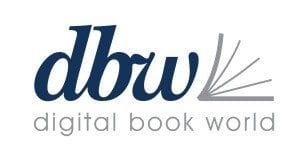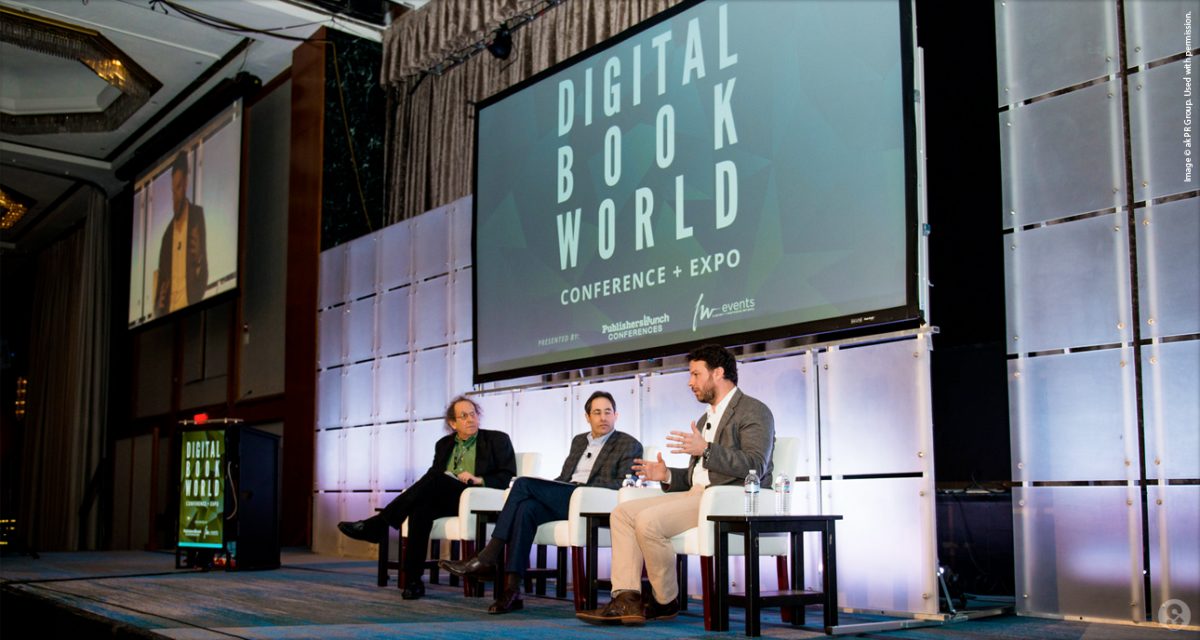Digital Book World brought together book publishers, online content providers, crowdfunding giants and online retailers for an interesting week.
By Lee Bell
Readers of the world have heard harrowing stories recently: Print publishing is dying. E-books have taken over. Children aren’t reading. Social networking is the promotional solution. Online retailers are killing bookstores.
Like most rumors, each of these is faction. More than two dozen publishers, media
 executives, online and traditional retailers, and other expert speakers made that clear in January at Digital Book World Conference + Expo (DBW), the industry’s largest digital content conference (Innovation & Tech Today is a media partner). After three days of talks with presenters, attendees, librarians, and other print and online content influencers, we straightened out the rumors:
executives, online and traditional retailers, and other expert speakers made that clear in January at Digital Book World Conference + Expo (DBW), the industry’s largest digital content conference (Innovation & Tech Today is a media partner). After three days of talks with presenters, attendees, librarians, and other print and online content influencers, we straightened out the rumors:
- Print publishing will always be viable. “That’s the biggest misconception of this whole migration to digital,” John Paris of Magzter.com said. “Print magazines and print books will always be around.”
- Ebook sales have plateaued. While remaining a major portion of total book revenues, they’ve dropped 10 percent in the past 15 months.
- Children are reading more than they have in thirty years. We can thank J.K. Rowling (Harry Potter franchise) for jumpstarting kids a decade ago, as well as online sources and STEM education. Juvenile fiction sales have increased a whopping 37% since 2009.
- Social networking and personal platform building is important, but it will always work best in concert traditional promotional sources — public relations, book reviews, article campaigns, trailers, media tours, creative live promotions, etc.
- Online retailers, such as Amazon.com, and subscription services, such as Scribd.com and Oyster.com, have hurt brick-and-mortar bookstores. Still, the number of independent bookstore locations has grown since 2009, from 1,651 stores to more than 2,000 in 2014. Conversely, the total number of bookstores has dropped sharply, to 26,000 total bookstores in 2014 from 37,000 stores in 2009. This is also due, in part, to the demise of Borders.
Perhaps the best news is the very news that will keep bookstores open, online retailers happy, and content streamers delighted: readership is increasing. The huge jump in juvenile reading, through-the-roof visitor numbers on blogs, PDF book downloads, and author sites, record online subscription numbers, and the growing readership of digital magazines are contributing factors. Not to mention self and independent publishing, which accounted for 985,000 new titles in 2014. “The indie community is incredibly vibrant,” Amazon.com’s Russ Grandinetti said, “and it will remain that way. Readers have never had more options of types of material to read, or the ways they want to read it.”
One subject stirred up a little more controversy than others. Social media influencer Seth Godin of Squidoo spent an entire presentation chiding publishers’ overemphasis on social networking and platform building. This topic has caused more teeth gnashing among authors, agents, and editors. In 2000, you wrote a book, sold it, and the publisher’s marketing, promotion and PR staffs handled the rest.
Now, authors can’t sell to major houses unless they have track records, big media presences, and/or social media platforms with many thousands of followers/readers. They must become their own PR agents — or pay firms between $2,000 and $10,000 per month for a job that publishers have traditionally done (except for self-published authors).
“Social media is a fantastic way to look busy,” Godin said. “The emphasis on building author platforms has gone too far. If so many authors now approach social media as a part of their jobs in the digital era, it’s at least partly thanks to their publishers, who have assiduously told them it is.
“Establishing and maintaining a loyal audience is, by its nature, a long-term investment. What loyalty looks like online can sometimes differ considerably from what it looks like offline, where the real work gets done,” he added.
Which leads to a strategy well-discussed at DBW: combine the two and work hard on both traditional promotion and social media. This was put best by Judith Carr of Atria Publishing: “Online activity leads to offline activity, which leads to more online activity. The trick is to make this circle more dynamic and populated.”
EMILY MERRICK also contributed to this article.










